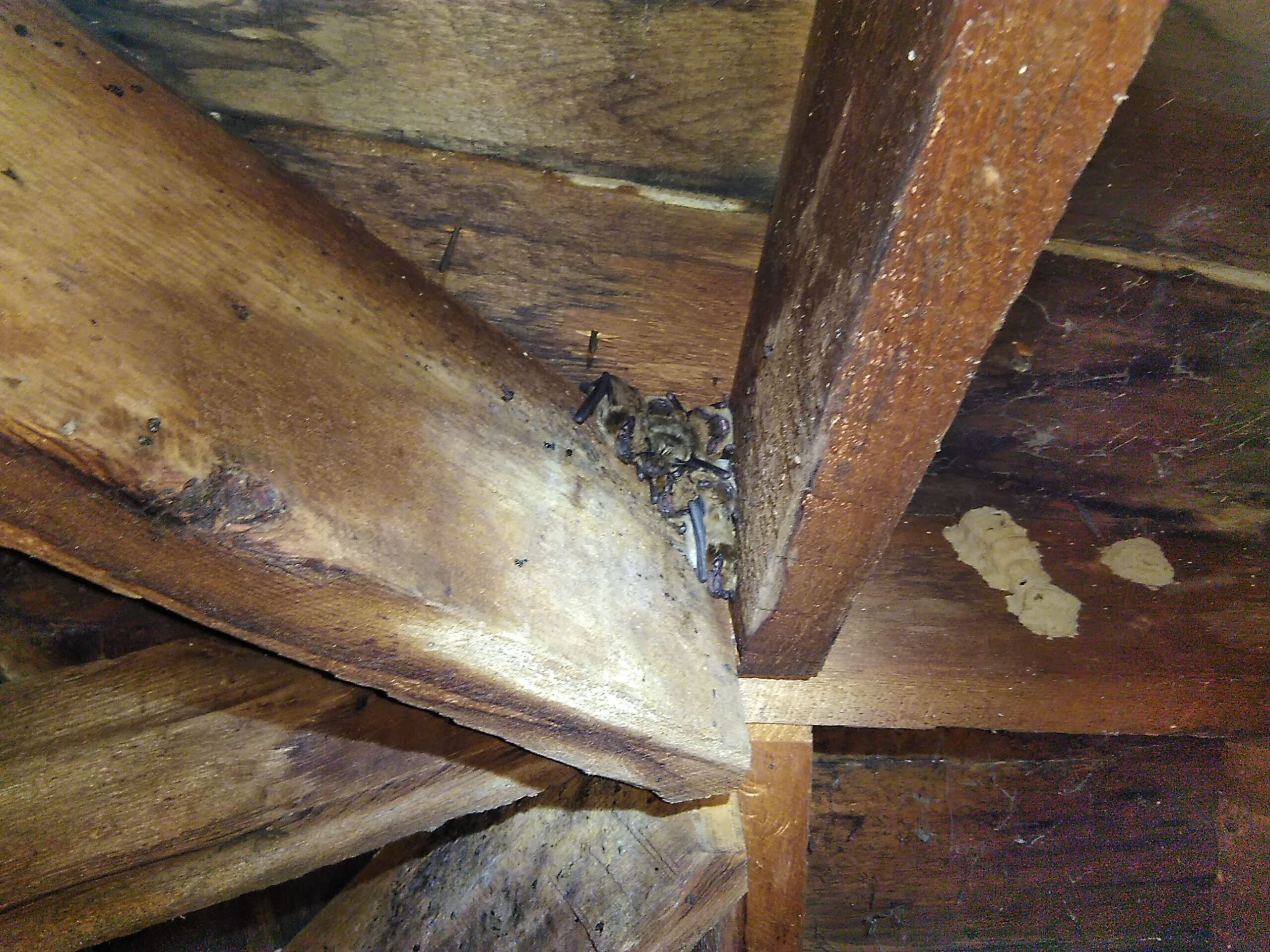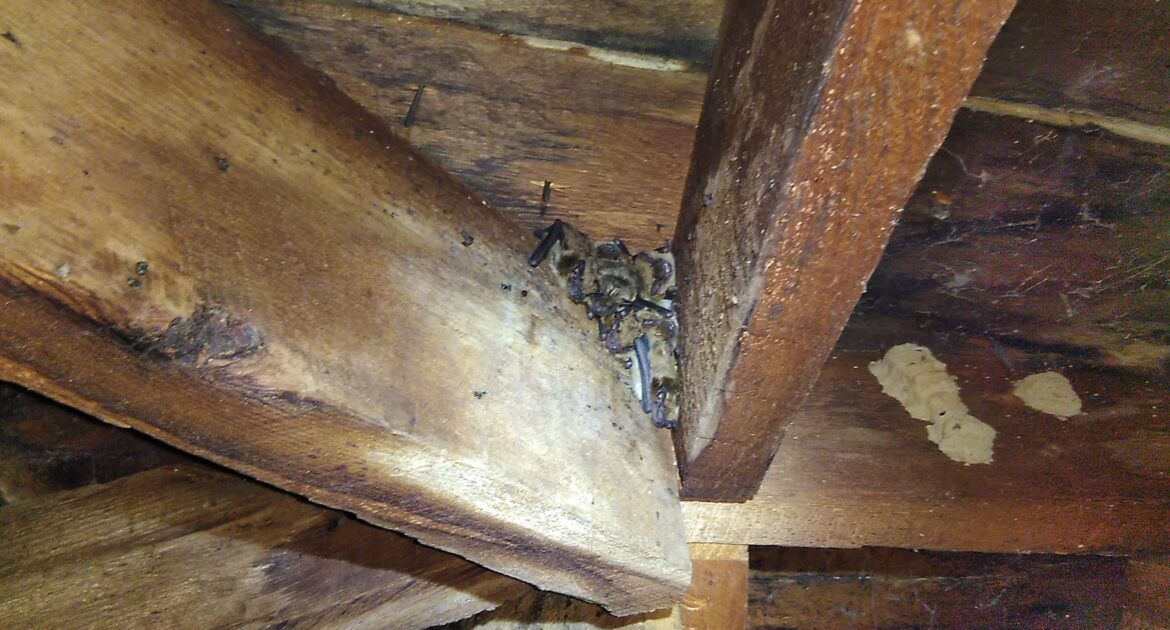When people think of bats, they often conjure up images of rabid, erratic flying creatures of the night or creepy bloodsuckers that hang upside down. Yes, these mammals do carry rabies, but the truth is that there are only one or two cases of human rabies every year from any animal, not just bats. Bats do hang upside down and are the only critters that spend most of their lives in an inverted position.
When they aren’t flying, they can usually be found just hanging around, sometimes in your attic. If you have bats in your home, it’s best to leave bat removal to experts who can safely and humanely evict the winged mammals. Discover why the only mammal that can truly fly spends so much of its time hanging upside down.
Taking to the Skies
It’s usually pretty easy to differentiate between a bat in flight and a bird, even at dusk. Bats appear to be more erratic than birds, but they are actually more efficient flyers. Their maneuvers are impressive, and the secret to their capabilities lies in the structure of their wings.
Bats, birds, and humans all have the same bones in their forearms, including the humerus, radius, and ulna, and the phalanges, metacarpals, and carpals. However, the latter three are more dexterous in bats than in birds, resembling the human hand more closely.
These bones form the basic structure of the wings. There is a thin membrane that stretches between the “hand” bones and attaches to the body. When bats fly, they can move the bones in their wings much like we move our hands, giving them the ability to make minor, quick adjustments to their flight pattern.
Hanging in the Balance
So, what does bat flight have to do with hanging upside down? It turns out it has everything to do with it! Bat wings may be more flexible and dexterous than birds, but they don’t do as well taking off in flight. Compared to birds, bats have a higher weight-to-liftoff capacity ratio than birds.
Bats have a difficult time taking off from a standstill, as birds do. Instead, they simply drop from wherever they’re hanging. When they hang upside down, the momentum they gain from falling allows them to fly once they flap their wings.
To hang upside down, bats have to be able to hold on to rock, branch, or other surfaces easily and while they’re sleeping. For birds, when they land on a tree branch, the tendons in their feet automatically tighten, leading to a firm grip. Bats have this same adaptation, except that their tendons tighten when they hang upside down.
Swinging From the Rafters
Your attic is appealing to bats for many reasons. It is a comfortable temperature for a creature that would otherwise live in caves. It offers shelter from weather and protection from predators. When mama bats need to leave in search of food, their pups are tucked safely away in a place where predators can’t easily reach. The rafters and ceiling also provide ample surfaces to hang out from when roosting.
Bats can squeeze through small holes and gaps around windows, vents, and fascia that homeowners easily overlook, giving them ready access to a desirable environment. Unfortunately, homeowners who discover bats in their attic often take measures to get rid of the bats that harm the animals, their offspring, and sometimes the people, too.
Getting Back Your Attic
Bats are protected animals, making it illegal to harm or kill them, even if they have invaded your turf. Most bat bites occur when homeowners attempt to take on the bat removal task themselves and cause the animals to feel threatened and scared. Skedaddle Humane Wildlife Control technicians understand bats and bat behaviors. They know how to remove bats from your home safely and humanely. When you need help with bat or other wildlife control in Madison, get in touch with us to schedule services.




